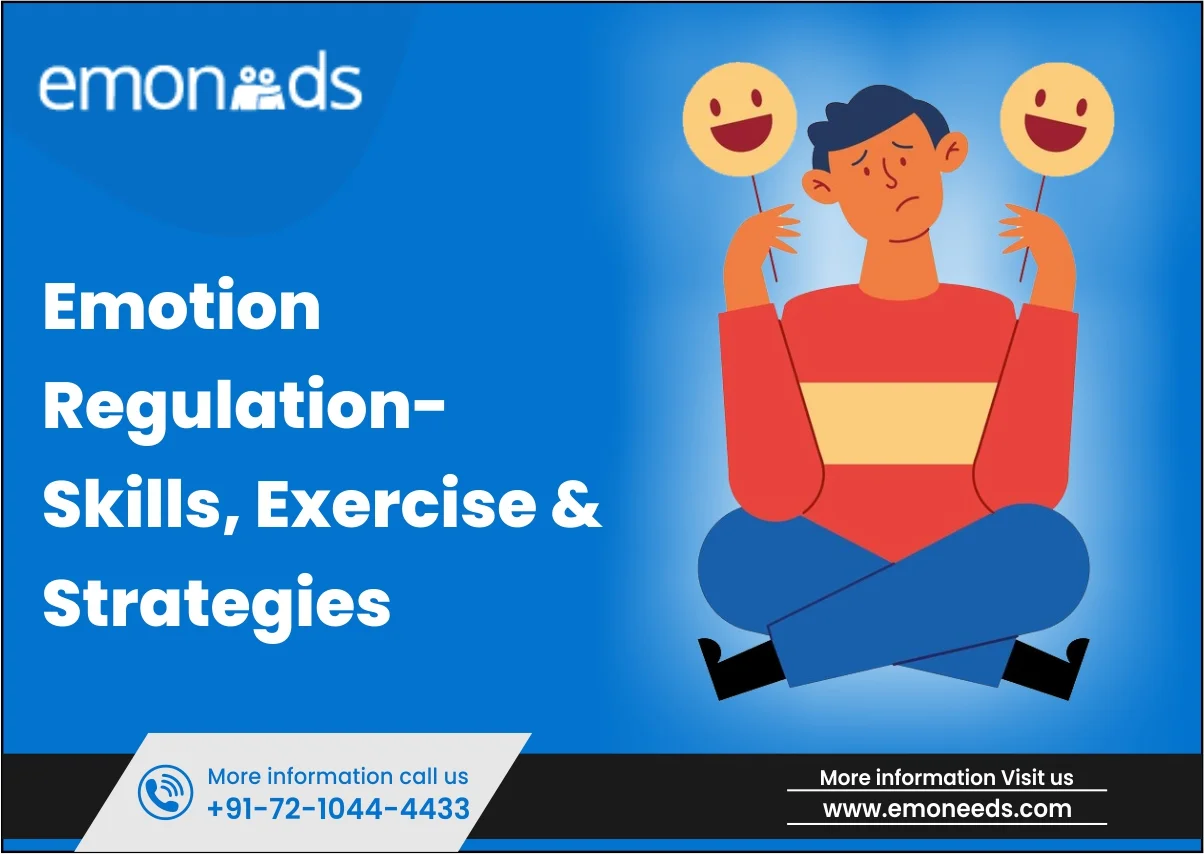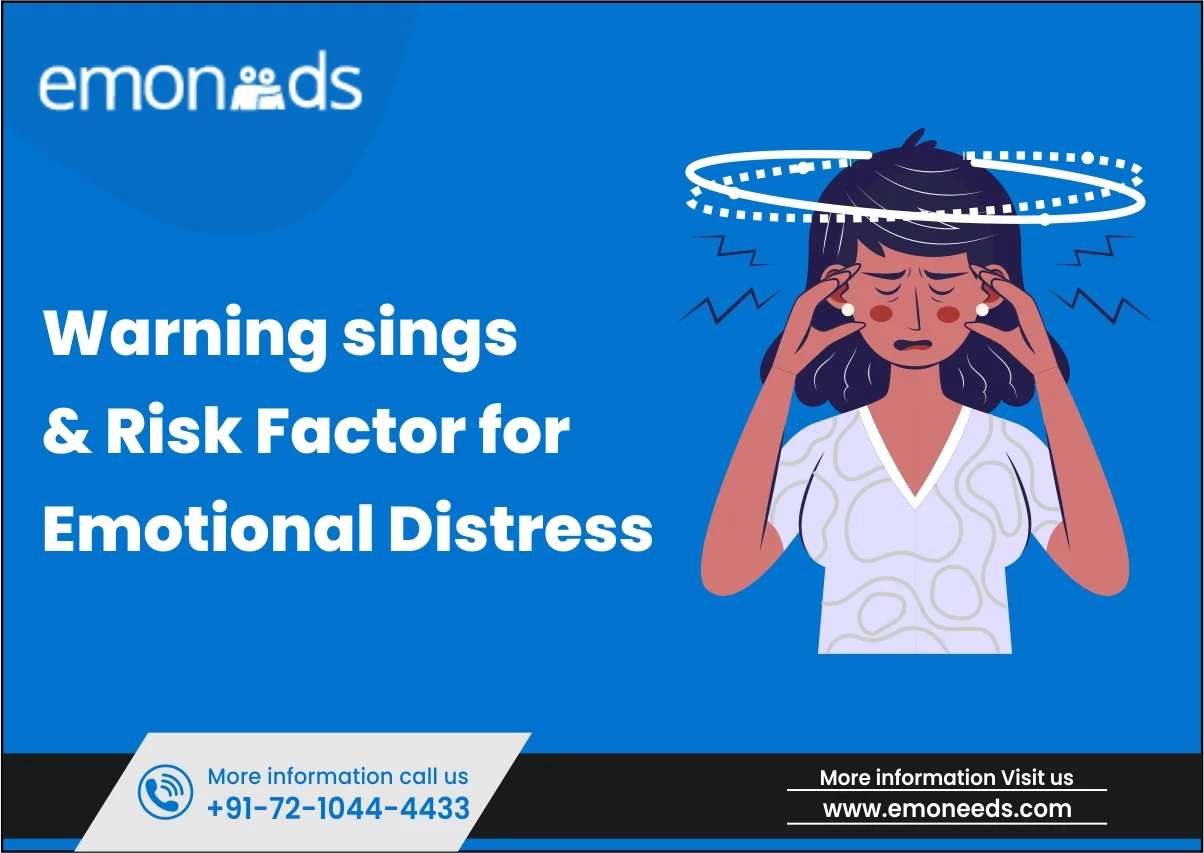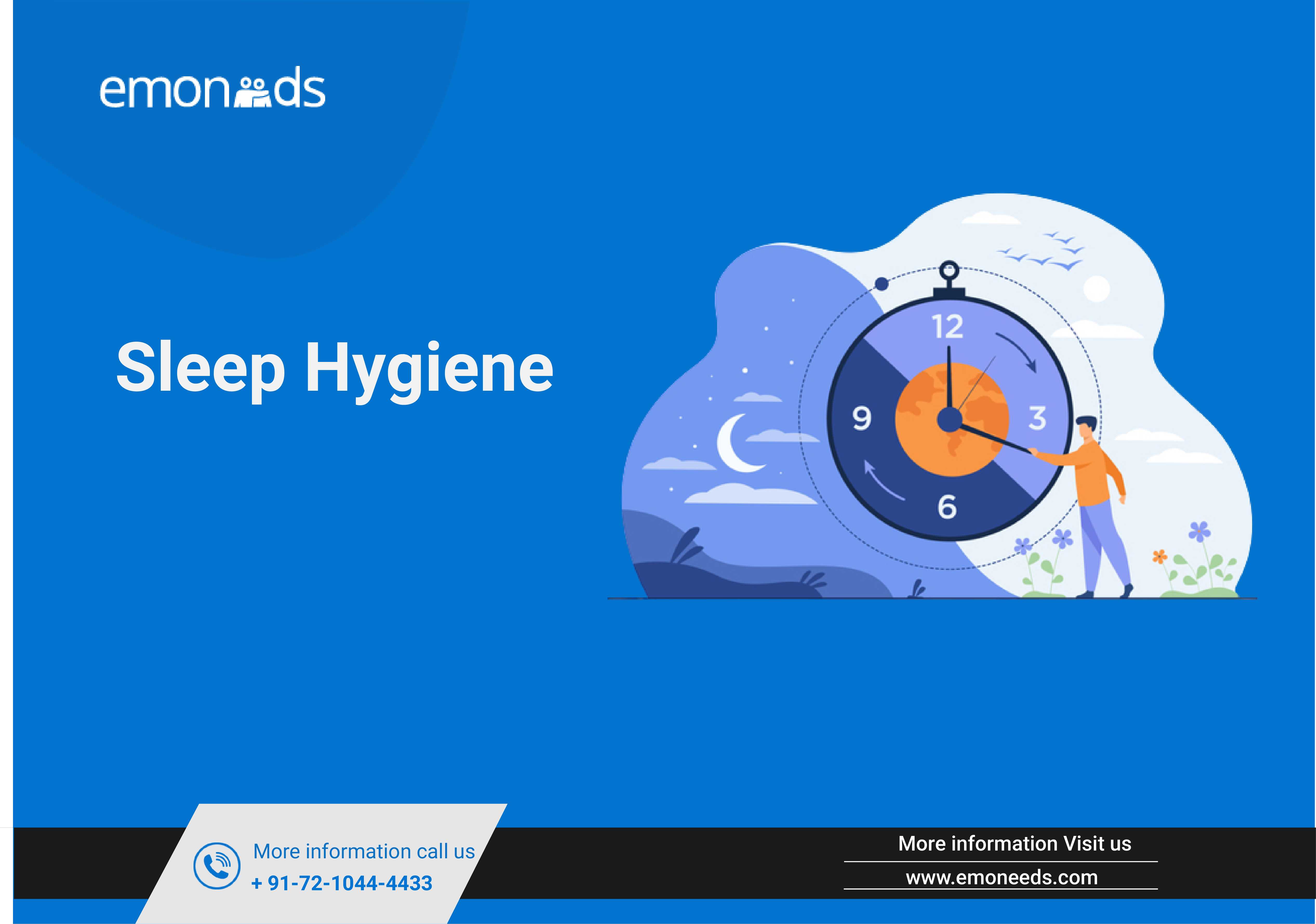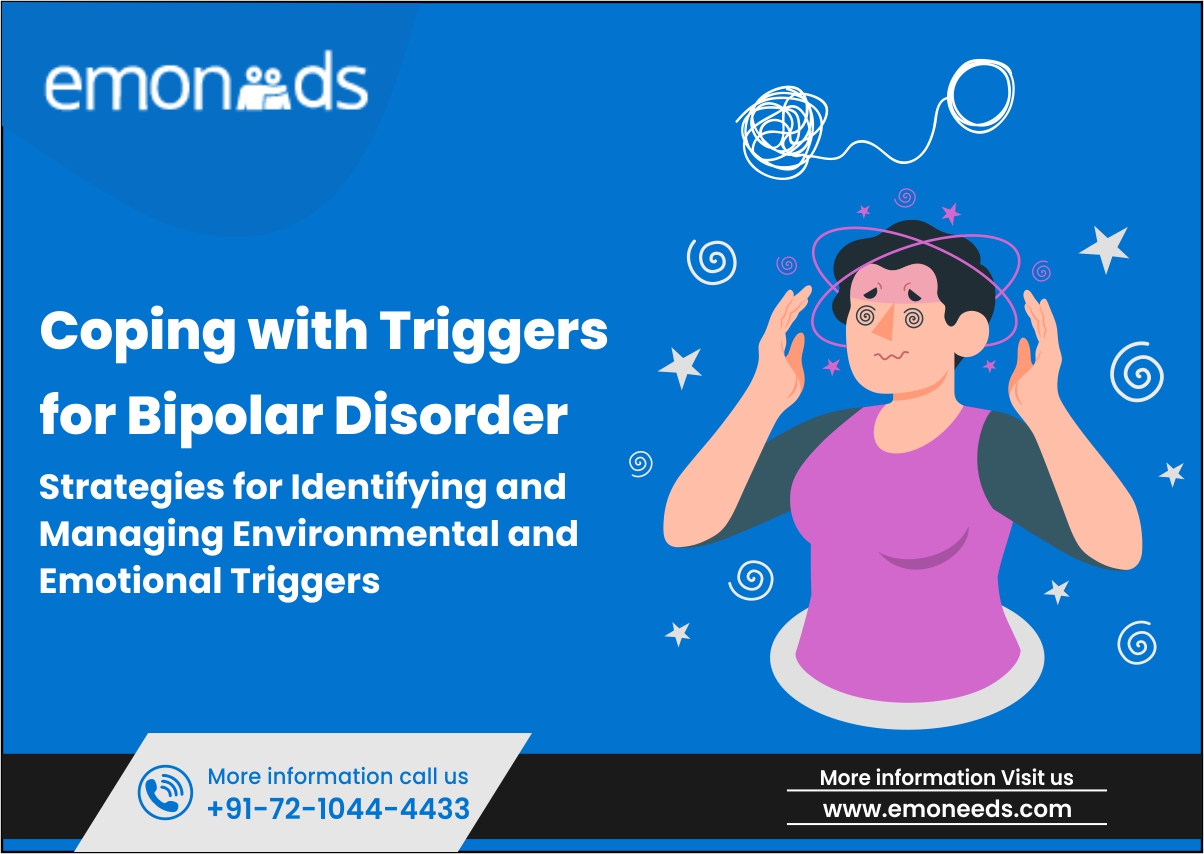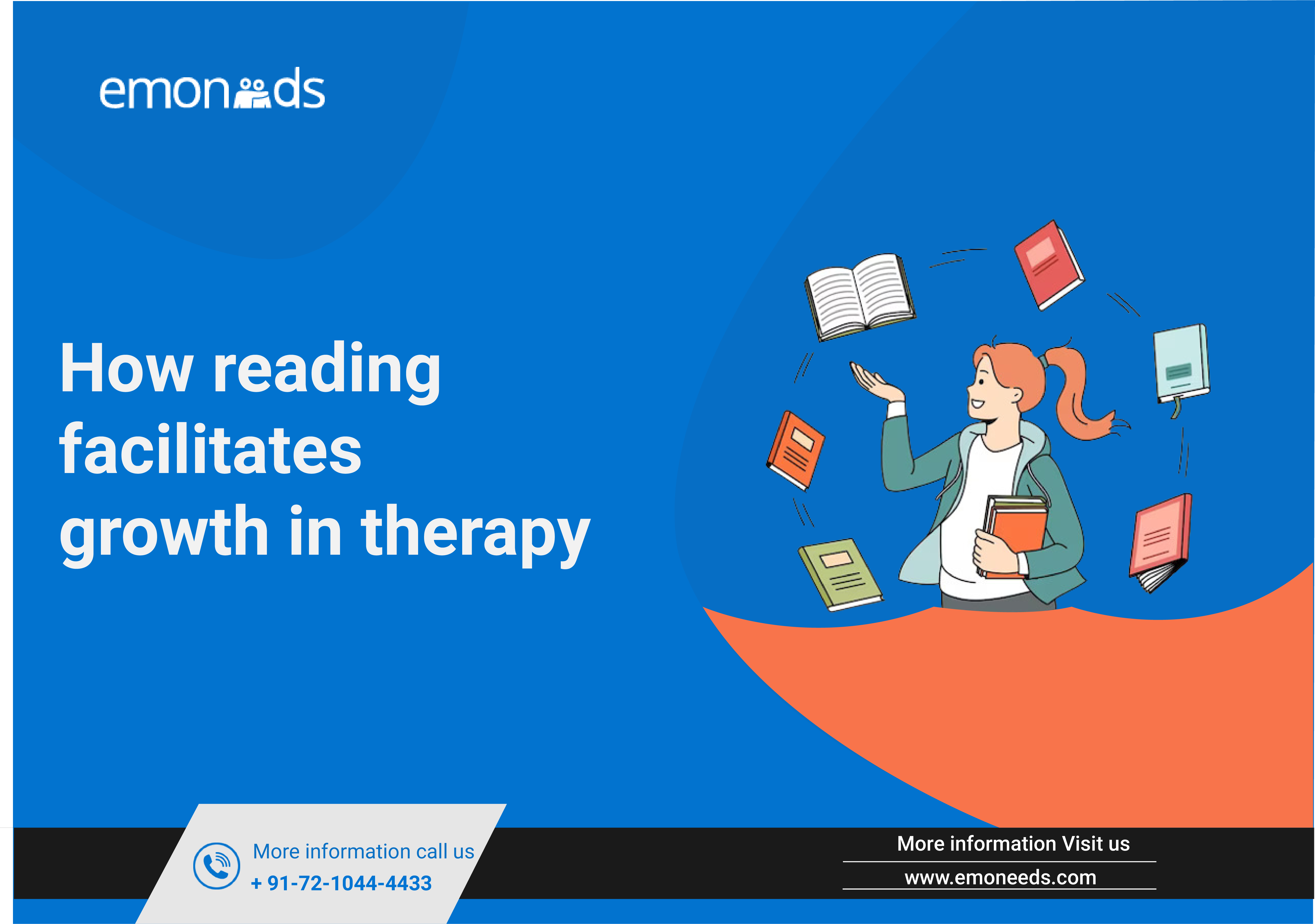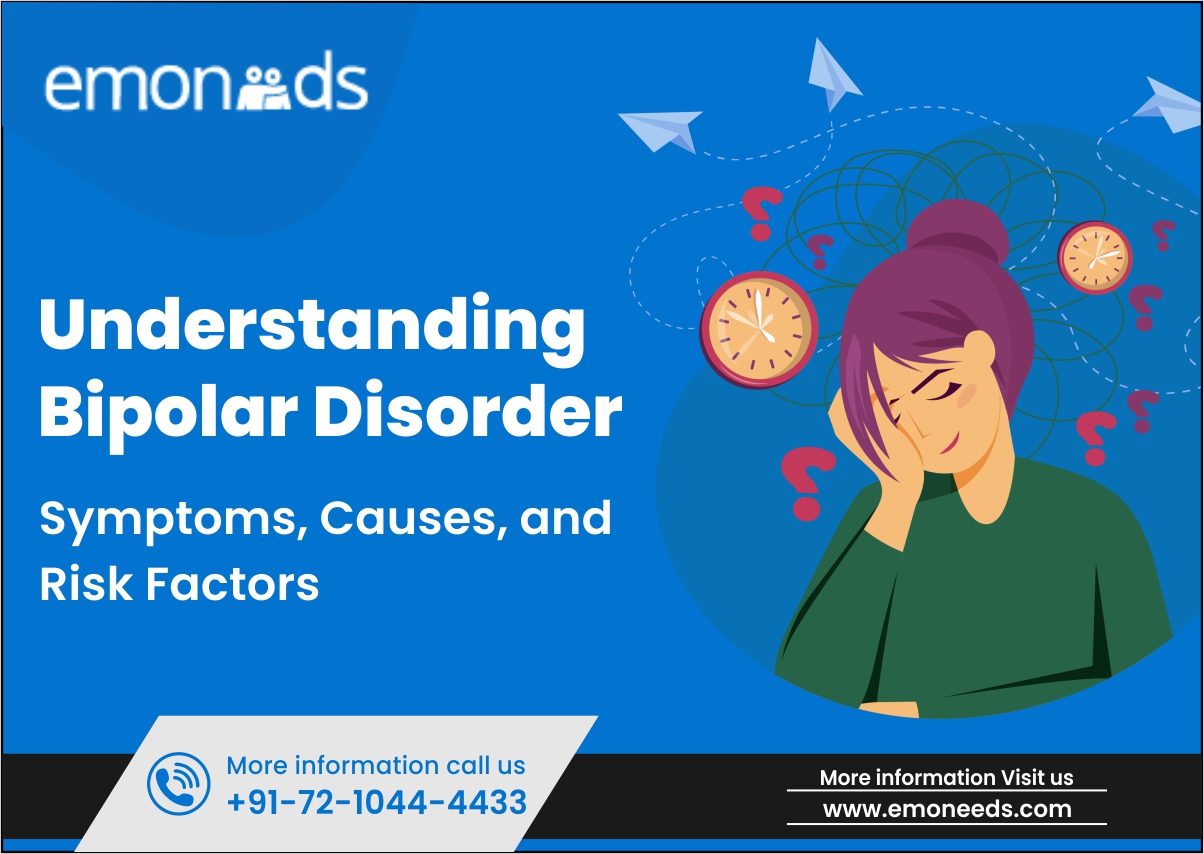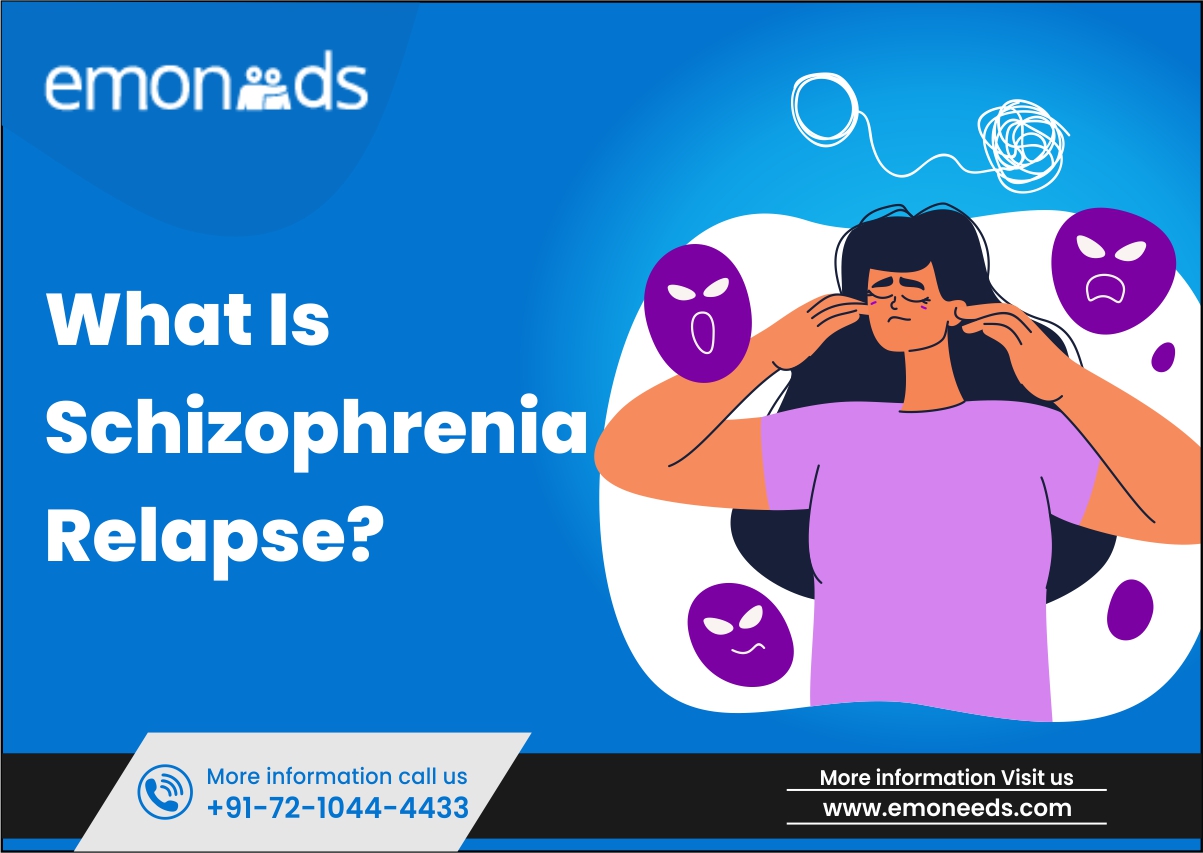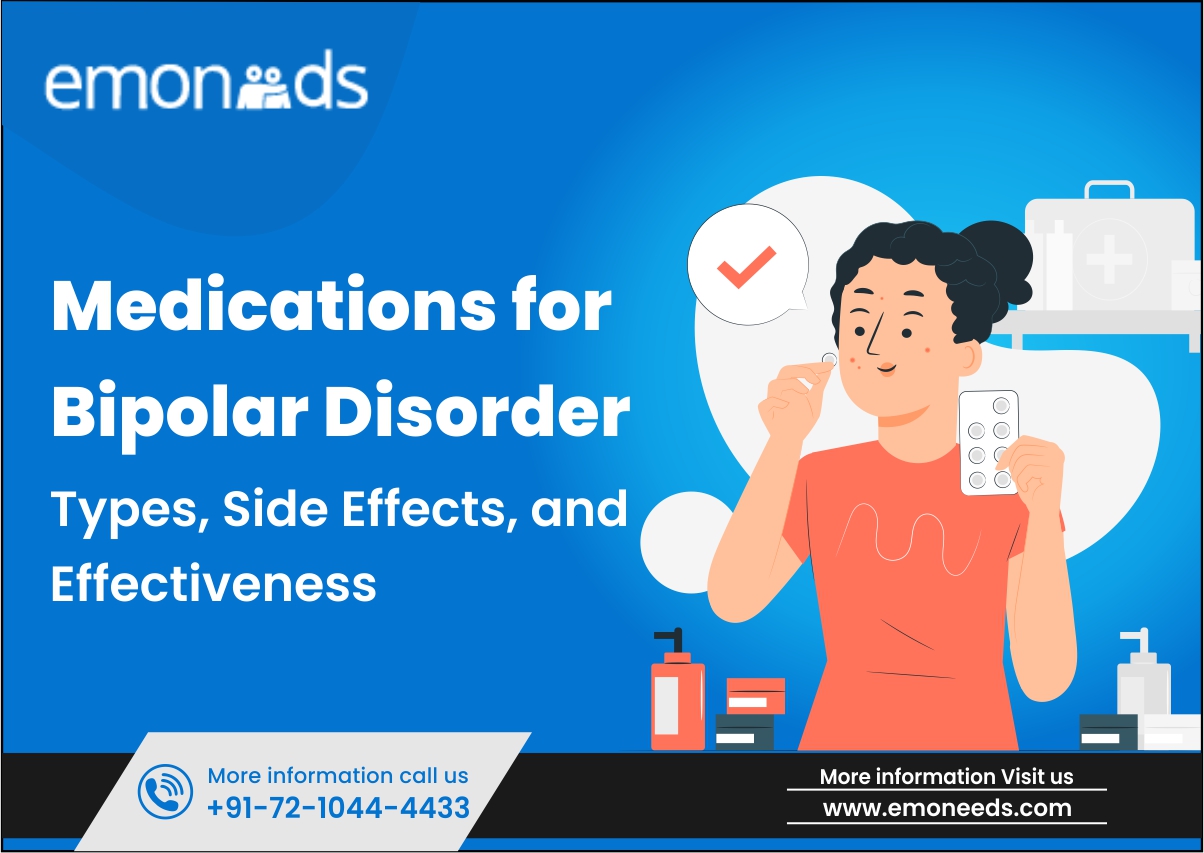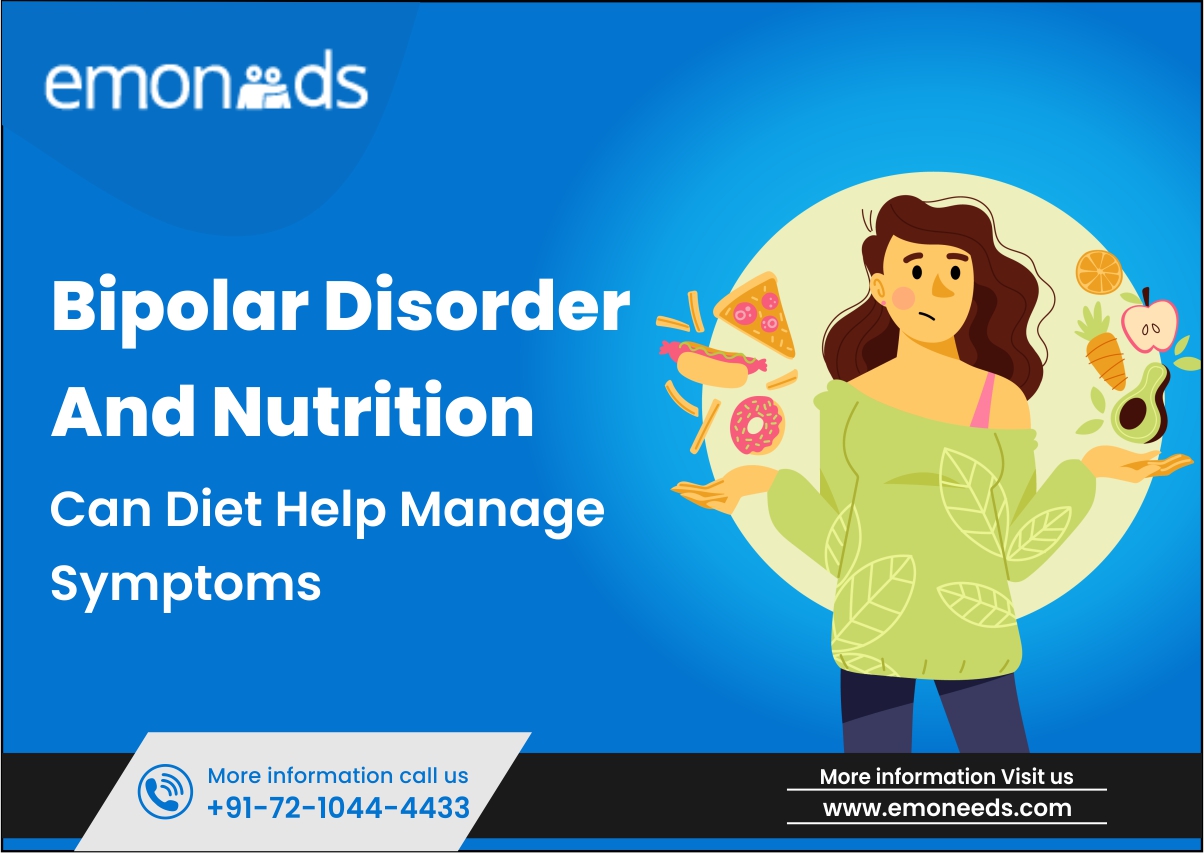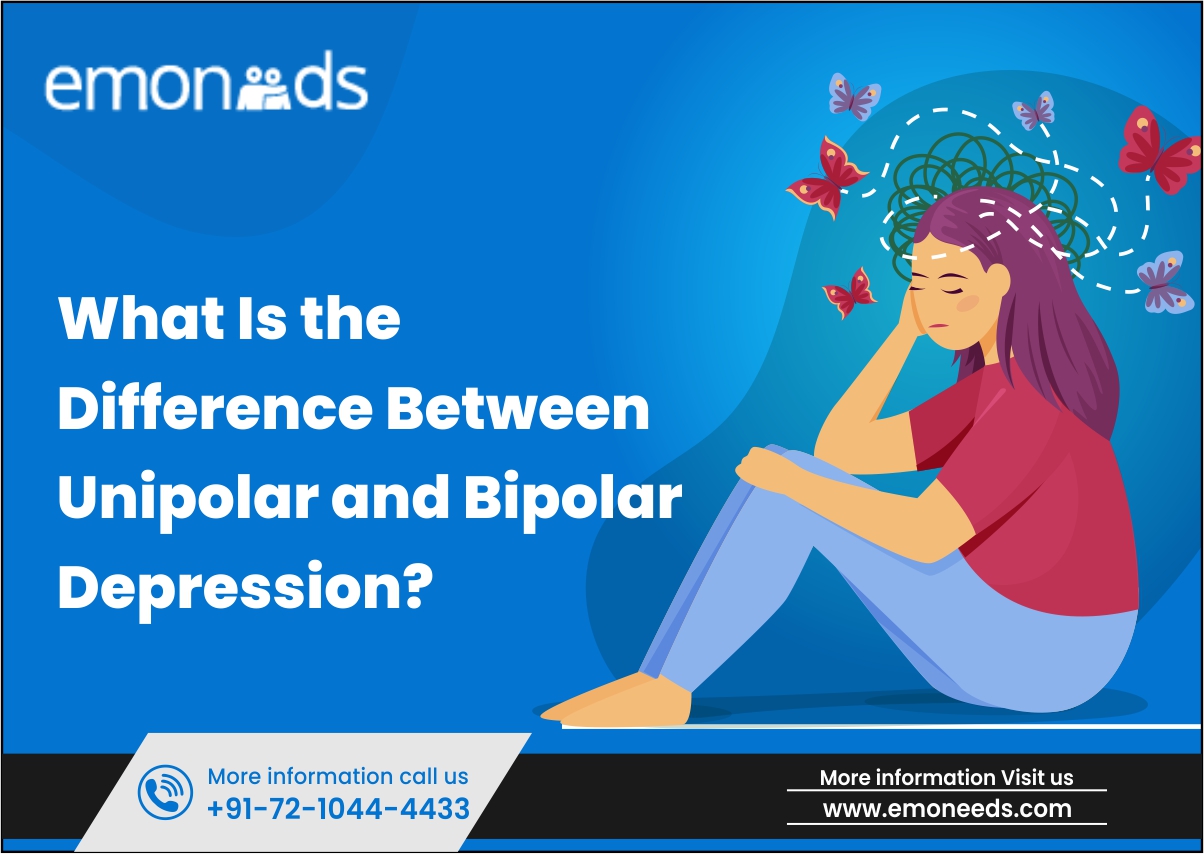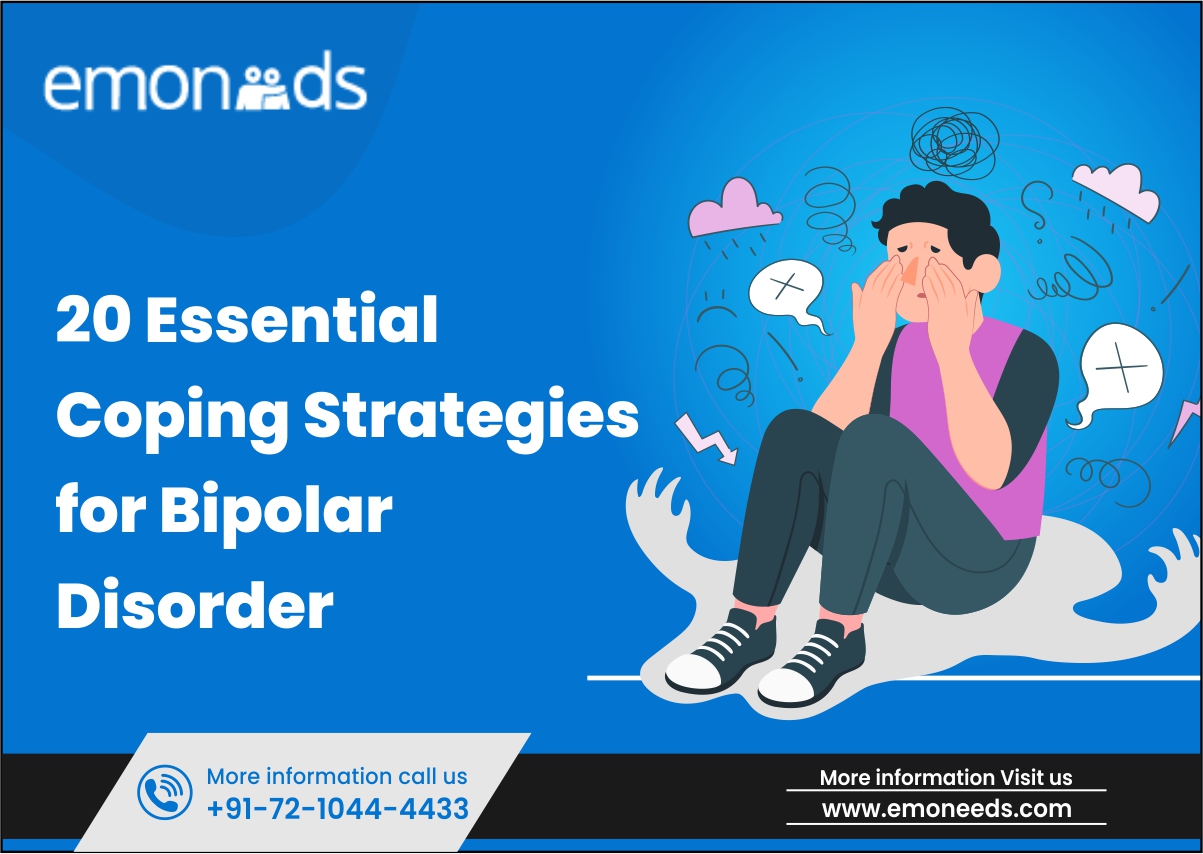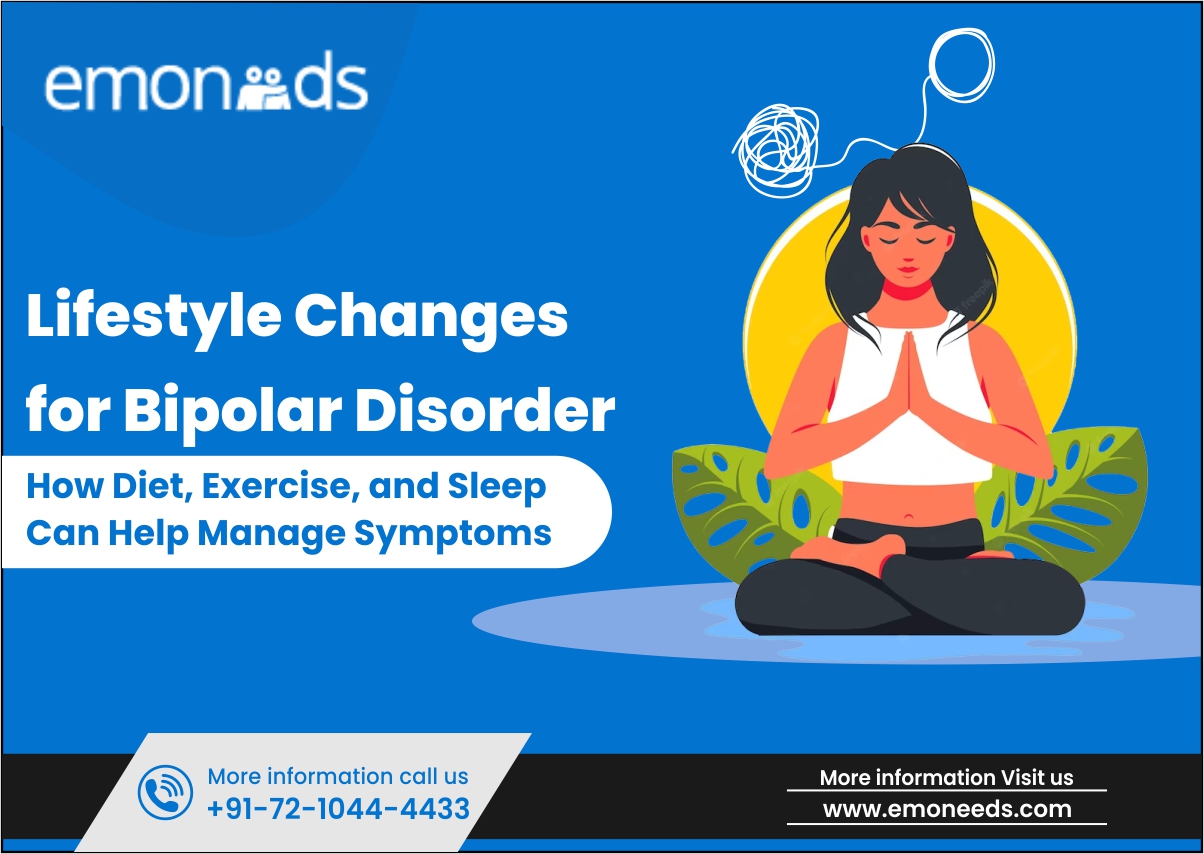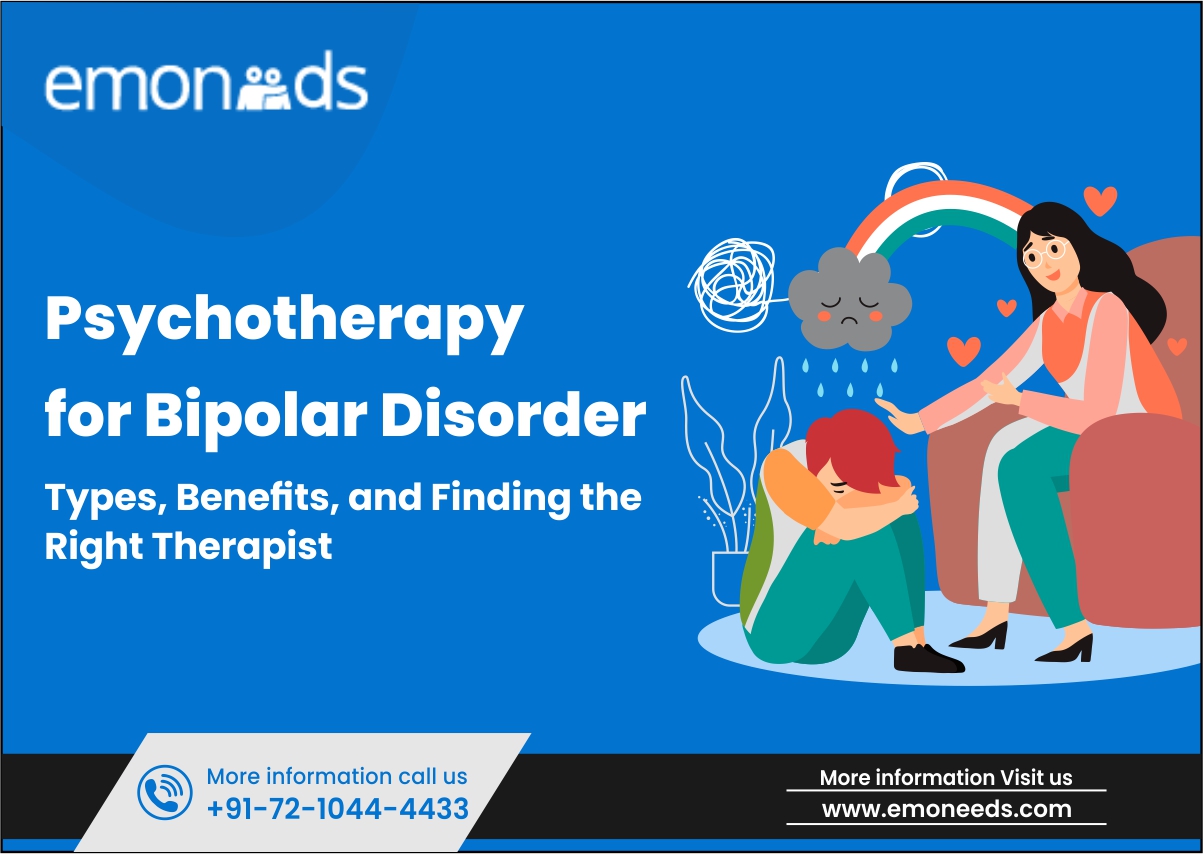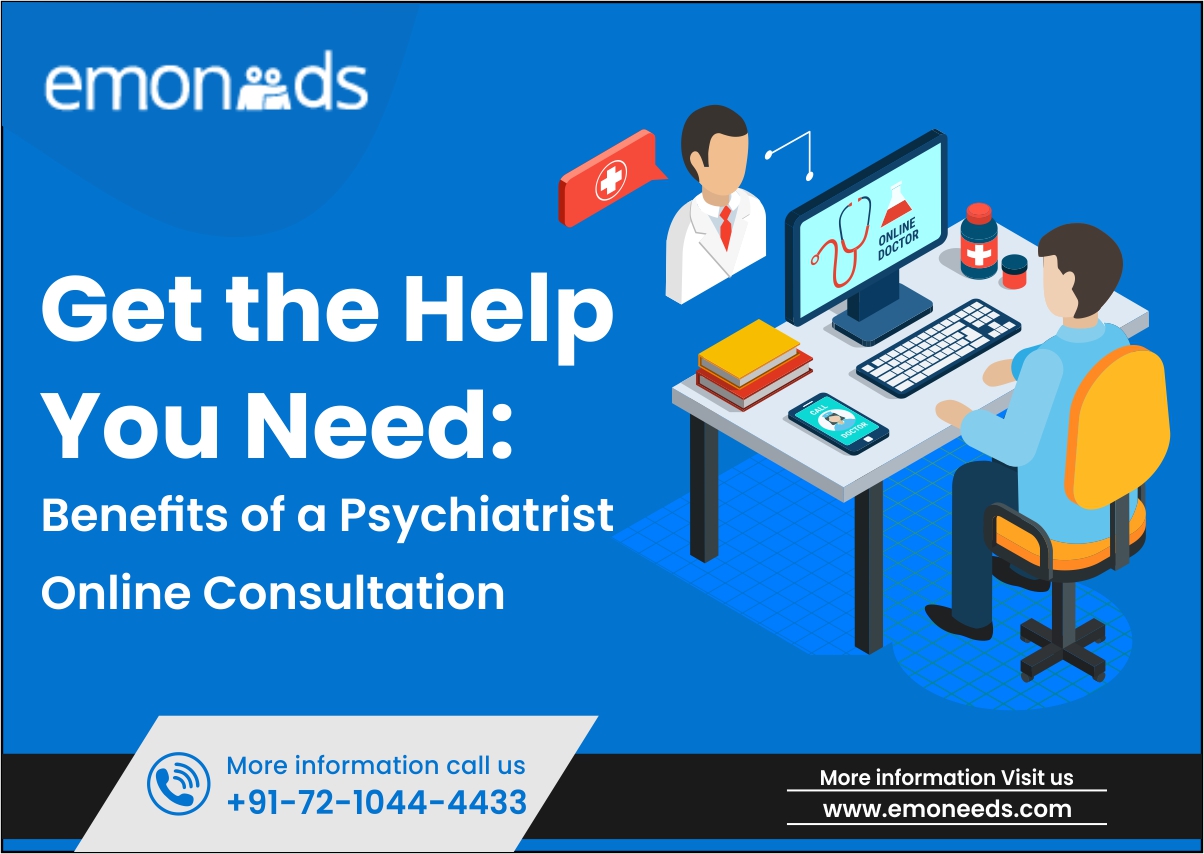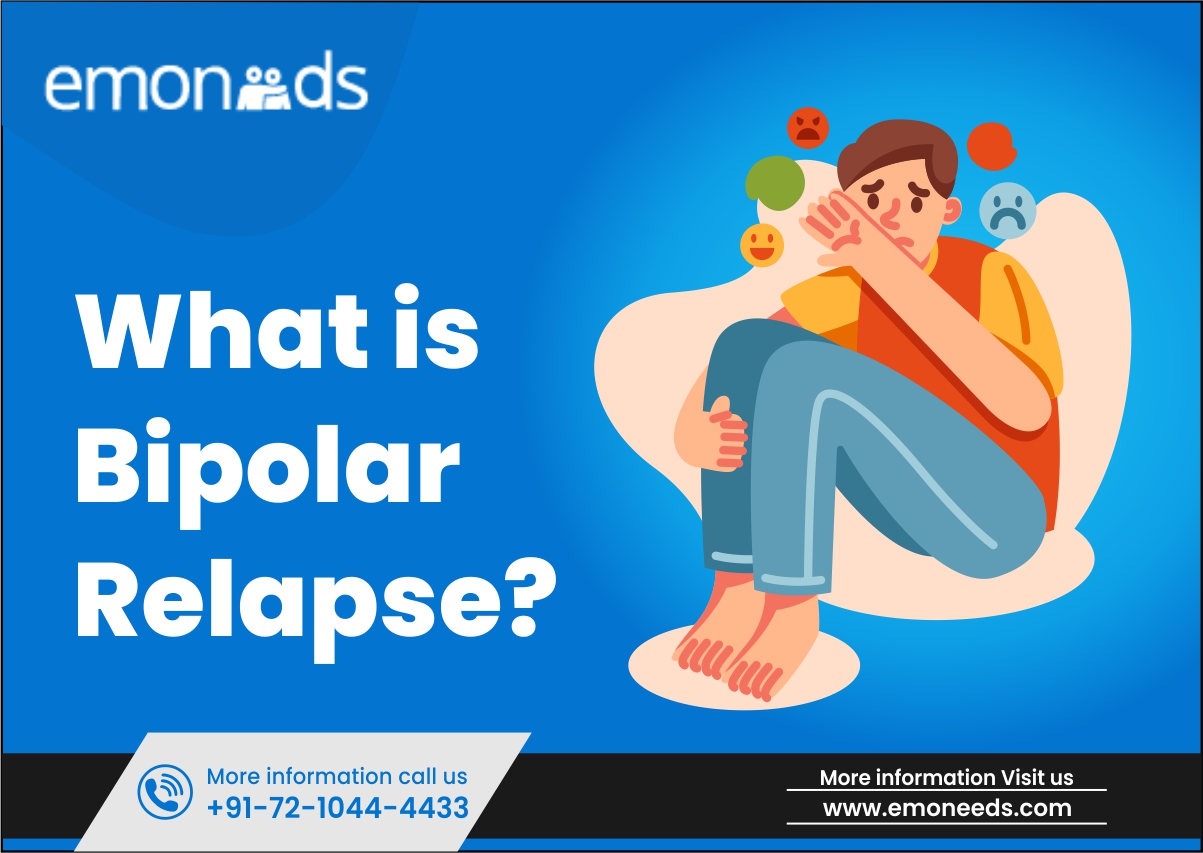
- July 31, 2023
- Saloni Kabra
- 0
Bipolar disorder is a captivating, albeit challenging, dance between extreme highs and devastating lows. It affects millions of individuals worldwide, casting its unique shadow over their thoughts, emotions, and daily existence. But what exactly is bipolar relapse, and why is it so crucial to address?
In this blog, we embark on a journey to unravel the intricacies of bipolar relapse. We will explore the various facets of bipolar disorder, the signs and symptoms of relapse, its impact on everyday life, and most importantly, the coping strategies to navigate through the storm. Our goal is to shed light on this often misunderstood aspect of bipolar disorder and offer guidance to those who face its challenges.
Table of Contents
ToggleUnderstanding Bipolar Disorder
Before delving into the realm of bipolar relapse, it’s essential to understand the foundation upon which it stands – bipolar disorder itself. Bipolar disorder, also known as manic depression, is a chronic mental health condition characterized by extreme mood swings. These mood swings can oscillate between two poles: mania and depression.
- Mania is characterized by an elevated mood, excessive energy, impulsivity, and a heightened sense of self-importance. During this phase, individuals may engage in risky behaviors, feel invincible, and experience racing thoughts that are hard to control.
- Depression, on the other hand, plunges individuals into a deep state of sadness, hopelessness, and lethargy. The weight of depression can be overwhelming, making even simple tasks seem insurmountable.
There are different types of bipolar disorder, each with its own unique features:
- Bipolar Type I: In this type, individuals experience full-blown manic episodes that may be accompanied by depressive episodes.
- Bipolar Type II: Individuals with this type experience milder manic episodes, known as hypomania, along with depressive episodes.
- Cyclothymic Disorder: Cyclothymia involves periods of hypomania and mild depression that last for at least two years, but they are not as severe as full manic or depressive episodes.
The prevalence of bipolar disorder varies, but it affects around 2-3% of the global population. Despite the challenges it poses, with proper management, individuals can lead fulfilling lives.
What is a Bipolar Relapse?
Now that we have a foundation in understanding bipolar disorder let’s turn our attention to bipolar relapse. A relapse, in the context of bipolar disorder, refers to the recurrence of mood episodes (manic, depressive, or mixed) after a period of stability. It is an essential concept to grasp, as relapses can impede the progress made in managing the disorder.
One of the key distinctions between relapse and normal mood fluctuations is the severity and duration of the mood episode. While everyone experiences ups and downs in their mood, a relapse signifies a more significant and prolonged shift towards mania or depression, often requiring professional intervention.
Recognizing the Signs of Bipolar Relapse
Recognizing the signs of an impending relapse is crucial in effectively managing bipolar disorder. The symptoms may vary depending on whether the individual is heading toward a manic or depressive episode. Here are some common signs to look out for:
Signs of an impending manic relapse may include:
- Feeling unusually euphoric or overly optimistic.
- Increased energy and a reduced need for sleep.
- Racing thoughts and difficulty concentrating.
- Engaging in high-risk behaviors such as impulsive spending or reckless driving.
Signs of an impending depressive relapse may include:
- Overwhelming sadness and feelings of hopelessness.
- Lack of interest in activities once enjoyed.
- Changes in appetite and sleep patterns.
- Suicidal thoughts or preoccupation with death.
It’s important to remember that individuals may experience a “mixed state” during a relapse, where symptoms of mania and depression coexist, leading to increased agitation and irritability.
The Impact of Bipolar Relapse on Daily Life
Bipolar relapse can have a profound impact on various aspects of an individual’s life. As the symptoms intensify, everyday functioning becomes challenging, and relationships may suffer. Work or academic performance may be compromised, leading to increased stress and financial strain.
For those living with bipolar disorder, it’s an emotional roller coaster not only for them but also for their loved ones. Relationships may be strained, as the unpredictability of mood swings can be bewildering and exhausting for family and friends. During manic phases, individuals may engage in behaviors that hurt those around them, while the depressive phases may lead to isolation and withdrawal.
Moreover, during relapses, there’s an increased risk of self-medication through substance abuse, which only exacerbates the problems at hand. It’s crucial to address these challenges holistically, considering both the individual’s well-being and the well-being of those around them.
Coping Strategies During Bipolar Relapse
While bipolar relapse can be daunting, there are various coping strategies that individuals can employ to navigate through the storm:
- Stay Connected: Building and maintaining a strong support system is essential. Reach out to friends, family, or support groups to share your feelings and experiences.
- Monitor Mood: Keeping track of mood changes and early warning signs can help identify a relapse before it fully takes hold.
- Adhere to Treatment: Consistency with medication and therapy is vital in preventing relapses and managing the disorder effectively.
- Manage Stress: Stress is a significant trigger for relapses, so incorporating stress-reducing activities like mindfulness, yoga, or meditation can be helpful.
- Seek Professional Help: Don’t hesitate to reach out to mental health professionals if you’re struggling with managing bipolar relapse. They can provide tailored support and interventions.
Medication and Therapeutic Approaches
Medication and therapy form the cornerstone of managing bipolar disorder and preventing relapses. By harnessing the benefits of both, individuals can find a path toward stability, allowing them to better navigate the unpredictable waves of this complex mental health condition.
Medications
- Mood Stabilizers: Prescribed to control mood fluctuations and prevent manic and depressive episodes.
- Antipsychotics: These can help manage severe manic symptoms, stabilize mood, and prevent relapses.
- Antidepressants: Antidepressants are often combined with mood stabilizers to prevent triggering mania.
Therapies
- Cognitive Behavioral Therapy (CBT): CBT is a widely used approach that helps individuals identify negative thought patterns and behaviors.
- Interpersonal and Social Rhythm Therapy (IPSRT): This therapy focuses on stabilizing daily routines and improving social relationships.
It’s essential to maintain regular follow-ups with healthcare professionals to adjust treatment plans as needed and ensure that progress is on track.
Lifestyle Changes for Relapse Prevention
In addition to professional interventions, lifestyle changes can significantly impact the frequency and severity of bipolar relapses. Here are some recommendations:
- Prioritize Sleep: Consistent sleep patterns stabilize mood-regulating brain chemicals, reducing mood swings and supporting emotional resilience.
- Balanced Diet: Nutrient-rich foods impact neurotransmitters, positively influencing mood and fostering overall mental well-being.
- Exercise Regularly: Physical activity boosts endorphins, dopamine, and serotonin levels, reducing stress and enhancing mood stability.
- Avoid Alcohol and Substance Use: Substance abuse disrupts brain chemistry, intensifying bipolar symptoms and heightening the risk of relapse.
- Create a Routine: A structured daily routine fosters stability, reduces cortisol (stress hormone), and promotes emotional balance in bipolar individuals.
Seeking Support and Help
Living with bipolar disorder and facing relapses can be overwhelming, but remember, you don’t have to go through it alone. Openly communicating with friends and family about your struggles can foster understanding and support.
Support groups offer a safe space to connect with others who share similar experiences, providing valuable insights and coping strategies. Additionally, community resources and helplines can offer guidance and assistance during difficult times.
Seeking professional help is not a sign of weakness but an essential step toward healing. Mental health professionals are equipped to provide tailored support, helping you navigate through the challenges of bipolar disorder and relapse.
Conclusion
Bipolar relapse is a challenging aspect of bipolar disorder, but with the right support and strategies, individuals can learn to manage it effectively. Understanding the signs of an impending relapse, seeking professional help, and incorporating lifestyle changes can make all the difference.
As we draw this exploration to a close, let us remember that we are not alone in this battle. Support, understanding, and empathy are the cornerstones of progress. If you or someone you know is struggling with bipolar disorder, reach out to Emoneeds, a leading mental health platform. Emoneeds offers a range of resources, online counseling, and a supportive community to help you find the guidance and strength needed to thrive on your journey toward well-being.
Remember, there is hope, and with the right support, you can navigate through the storms and discover the brighter days that await on the other side. Embrace your journey, embrace your needs, and embrace the possibility of a life well-lived.
Related Post
- Coping with Bipolar Disorder: Strategies for Managing Symptoms and
Improving Quality of Life - Bipolar Disorder Treatment Options: Medications, Therapy, and Self-Care
- Understanding Bipolar Disorder: Symptoms, Causes, and Risk Factors
- What Is the Difference Between Unipolar and Bipolar Depression? | Emoneeds
